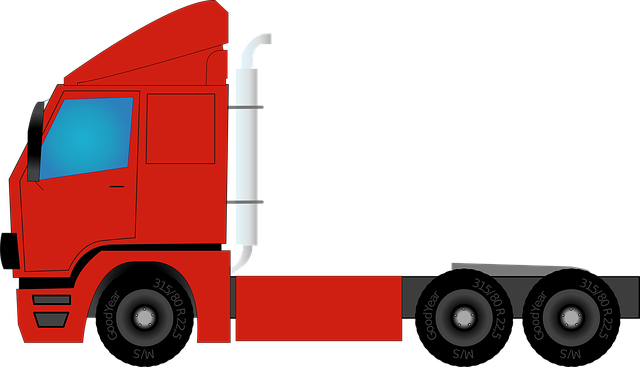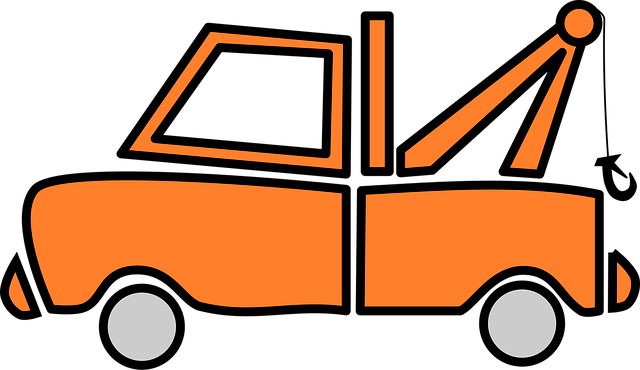Learn how to register your car in California with our comprehensive guide. This step-by-step process ensures you meet all state requirements, from understanding the need for DMV VIN verification to preparing your vehicle for inspection and title transfer. We’ll walk you through completing the registration process at the DMV, as well as post-registration tasks like insurance, tags, and keeping records updated.
- Understand the Requirements for Car Registration in California
- Gather Necessary Documents for DMV Vin Verification
- Prepare Your Vehicle for Inspection and Title Transfer
- Complete the DMV Registration Process Step-by-Step
- Post-Registration Tasks: Insurance, Tags, and Keeping Records Updated
Understand the Requirements for Car Registration in California

Before you begin the registration process, it’s crucial to understand what’s required for car registration in California. The California Department of Motor Vehicles (DMV) has strict guidelines that must be met to ensure vehicle safety and proper documentation. One key step is the DMV vin verification, which involves checking the vehicle’s unique identifier, or Vehicle Identification Number (VIN), to confirm its authenticity and history. This process is essential for ensuring that your car meets all legal standards before it can be registered.
Additionally, you’ll need to provide certain documents, such as proof of insurance, a valid driver’s license, and the vehicle’s title. The need for accurate information extends beyond physical paperwork; modern technologies like mobile vin verification and mobile vin inspectors can help streamline the initial stages of registration by offering convenient and reliable VIN inspection services, making sure everything is in order before you visit a DMV office.
Gather Necessary Documents for DMV Vin Verification

To register your car in California, one crucial step is to prepare for a DMV VIN (Vehicle Identification Number) verification process. This involves gathering all essential documents that prove ownership and ensure the vehicle’s legitimacy. Firstly, obtain your vehicle’s registration certificate from previous states if applicable. Additionally, gather important paperwork like proof of insurance, a valid driver’s license, and any records related to recent repairs or maintenance.
It’s also beneficial to have a mobile VIN verification service at your disposal. These services offer convenient options for checking your car’s history remotely, which can expedite the registration process. A mobile vin verifier can provide instant access to detailed vehicle information, including accident reports, title records, and odometer readings. This ensures a smoother experience during the DMV visit and potentially saves time by pre-verifying key aspects of your vehicle before arriving at the California DMV.
Prepare Your Vehicle for Inspection and Title Transfer

Before heading to the California DMV for registration, ensure your vehicle is ready through a comprehensive inspection. This involves preparing essential documents and ensuring your car meets all legal standards. One critical step is the DMV VIN verification process, where the unique Vehicle Identification Number (VIN) of your car is cross-referenced against the state’s database to confirm its authenticity and history.
For added convenience, consider using mobile vin verification or a mobile vin inspector. These services allow you to complete the initial inspection from the comfort of your location, saving time and effort. By ensuring all documents are in order and your vehicle passes the necessary checks, including a mobile vin inspection if needed, you’ll streamline the registration process at the DMV, making it faster and less stressful.
Complete the DMV Registration Process Step-by-Step

Completing the DMV registration process is a straightforward procedure that involves several steps. Firstly, gather all the required documents such as your vehicle’s registration papers, proof of insurance, and identification. Once prepared, visit a California DMV field office or use their online services for convenient registration.
During the process, you’ll need to undergo a DMV VIN verification, which ensures the vehicle’s identity through its unique 17-character Vehicle Identification Number (VIN). This step is crucial and can be completed easily with assistance from a mobile vin verifier. Simply input your VIN into the app or website for instant validation. After successful verification, submit your application form and necessary fees, ensuring your car is legally registered in California.
Post-Registration Tasks: Insurance, Tags, and Keeping Records Updated

After successfully registering your vehicle with the DMV, there are several crucial post-registration tasks to complete to ensure compliance and maintain a smooth ownership experience. One of the most critical steps is acquiring insurance for your car, as it’s both legally mandated and offers protection against financial losses in case of accidents or damages. Always choose a reputable insurance provider that aligns with your needs and budget.
Additionally, you’ll need to obtain vehicle registration tags (also known as license plates) from the DMV. These tags are not only essential for identifying your vehicle but also serve as a constant reminder of your registration status. Regularly updating them if there’s a change in ownership or address is vital. Lastly, maintain accurate records of all transactions and documents related to your car, including purchase papers, insurance details, and any maintenance logs. Consider conducting periodic checks, such as a mobile VIN inspection or verification, to ensure your information remains up-to-date with the DMV’s records for seamless interactions in future registration processes.
Registering a car in California involves understanding key requirements, gathering essential documents for DMV VIN verification, preparing your vehicle for inspection and title transfer, and completing the registration process step-by-step. Once registered, remember to handle post-registration tasks like insurance, tags, and regularly updating your records. By adhering to these steps, you’ll ensure a smooth and legally compliant car registration experience in California.
